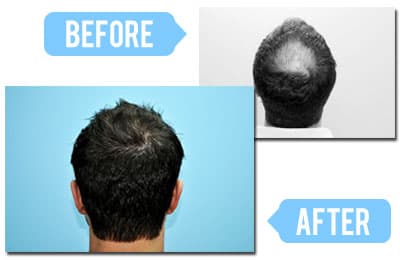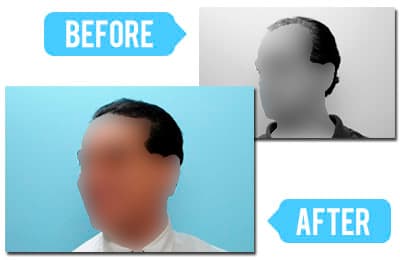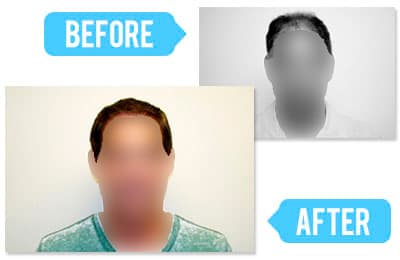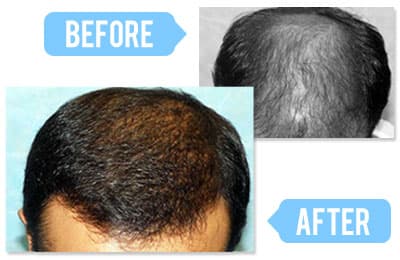Hair transplant surgery is a transformative step for anyone facing hair loss. However, the recovery journey is just as crucial as the procedure itself. Proper aftercare and understanding the recovery phases can make a significant difference in achieving optimal results.
This detailed guide breaks down every stage of the recovery process, offers helpful tips, answers common FAQs, and shares real-life case studies to ensure you're fully informed and prepared.
What Is a Hair Transplant and How Does It Work?
A hair transplant is a surgical procedure that involves transferring healthy hair follicles from a donor area (usually the back or sides of the head) to thinning or bald areas.
Techniques Used in Hair Transplants:
- FUE (Follicular Unit Extraction): Individual hair follicles are extracted and transplanted. This technique is minimally invasive, with tiny puncture scars that heal quickly.
- FUT (Follicular Unit Transplantation): A strip of scalp is removed, and hair follicles are transplanted. This method is ideal for larger areas of baldness.
At Hair Growth Centre, our specialists use advanced methods to ensure natural-looking, long-lasting results with minimal discomfort.
Hair Transplant Recovery Timeline
Day 0: The Day of Surgery
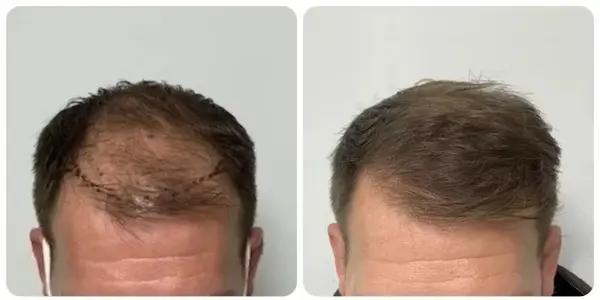
- What to Expect: After the procedure, you may experience mild soreness, redness, and swelling in the treated areas. Bandages will be applied to protect the grafts.
- Aftercare Tips:
- Rest and avoid strenuous activities.
- Follow the clinic’s instructions for medications and cleaning the area.
Day 1–3: Initial Healing Phase
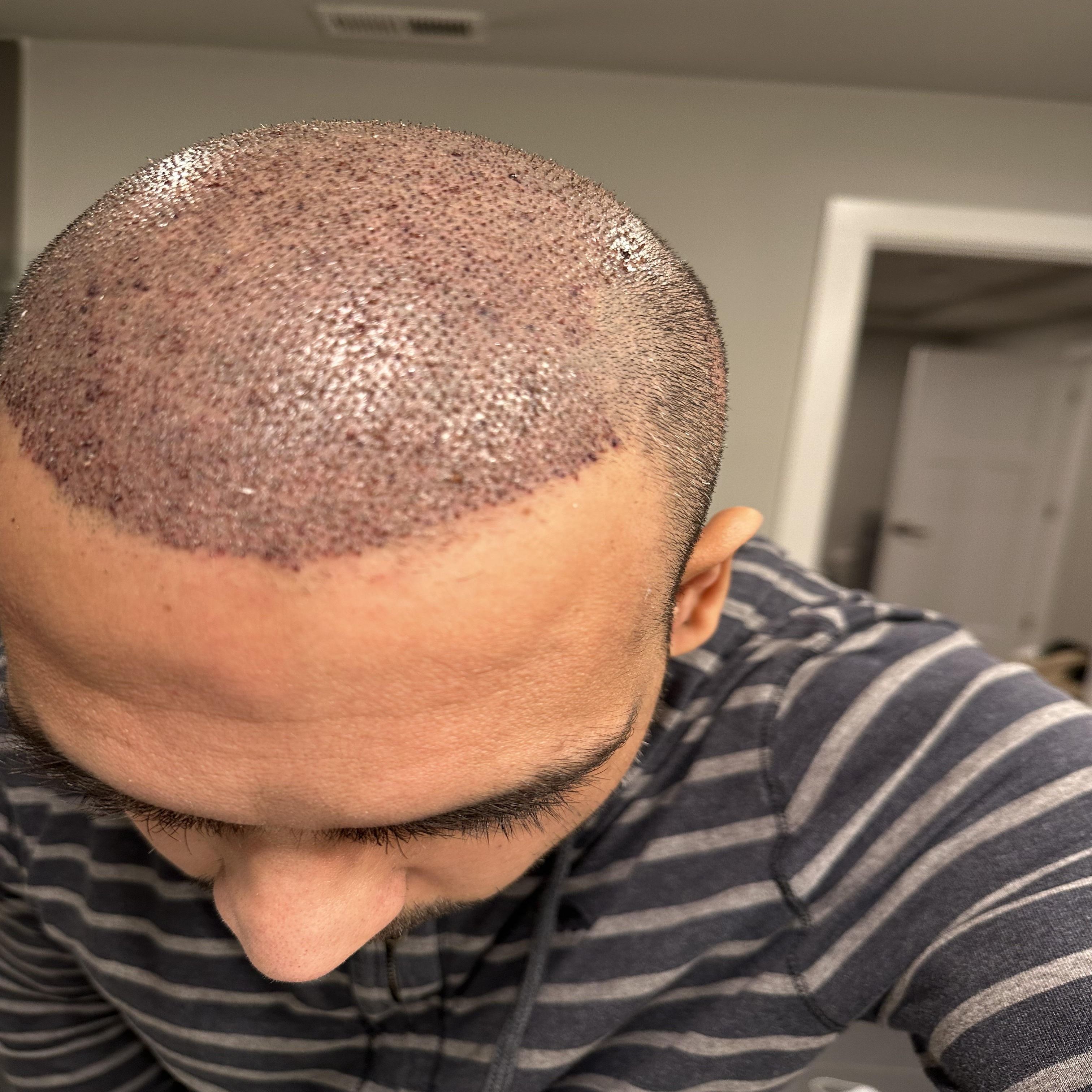
- What Happens: The transplanted area starts to heal, and small scabs form around each graft. Swelling around the forehead and eyes might occur, peaking on Day 2 or 3.
- Aftercare Tips:
- Use a saline spray to keep the grafts moist.
- Avoid bending over or strenuous movements to minimize swelling.
Common Concerns: Some patients feel itching, which is a normal part of the healing process. Refrain from scratching!
Week 1: Settling In
- What Happens: By the end of the first week, scabs begin to fall off naturally. The grafts become more secure in the scalp.
- Aftercare Tips:
- Gently wash your hair as instructed by your surgeon.
- Avoid direct sun exposure or wearing tight hats.
Weeks 2–4: The Shedding Phase
- What Happens: Transplanted hair may shed during this phase due to "shock loss." While alarming, this is entirely normal and indicates the follicles are entering the regrowth phase.
- Emotional Support: Stay patient. This shedding is temporary, and regrowth is on the horizon.
Months 2–4: Early Regrowth
- What Happens: Fine, baby hairs start to appear. While these may not be noticeable at first, they will thicken over time.
- Tips for Patience:
- Stay consistent with your post-surgery care.
- Consider taking photos every month to track progress.
Months 5–12: Seeing the Results
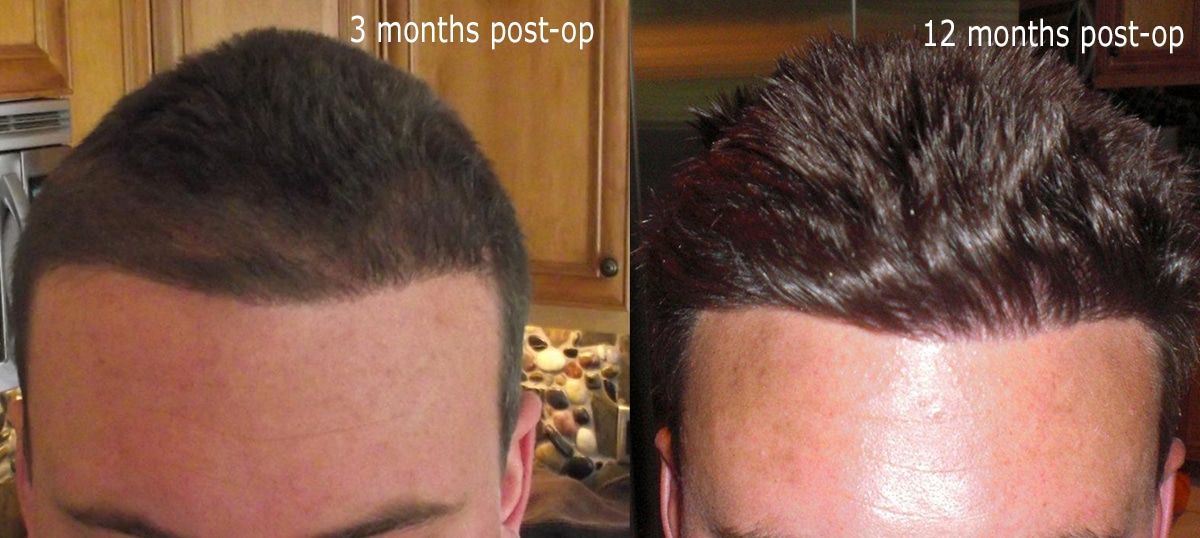
- What Happens: Hair begins to grow thicker and fuller, filling in the treated areas. By month 12, most patients see the final results of their hair transplant.
- What You Can Do:
- Style, trim, or color your hair as usual.
- Enjoy the confidence boost that comes with your new look!
Benefits of Proper Recovery
A smooth recovery ensures that the transplanted follicles grow healthily and produce the best results. Following your surgeon’s advice helps avoid complications, enhances healing, and guarantees long-term success.
Real-Life Case Studies
Case Study 1: John’s FUE Success Story
John, a 32-year-old professional, opted for FUE to restore his receding hairline. He followed his recovery plan diligently, and within 8 months, he regained a full, natural-looking hairline.
- Key Insight: Consistency in aftercare and trust in the process are vital for optimal results.
Case Study 2: Emma’s FUT Transformation
Emma, a 38-year-old, chose FUT for her crown balding. Despite initial doubts about the recovery period, she saw significant regrowth by month 10.
- Key Insight: Being patient during the shedding phase is crucial for long-term satisfaction.
FAQs: Answering Your Concerns
- How soon can I resume daily activities? Light activities are fine after 3–5 days, but avoid heavy exercise for at least 2 weeks.
- Will the transplanted hair fall out? Yes, temporary shedding is normal. Permanent hair growth follows in a few months.
- Does the recovery process hurt? Most patients report minimal discomfort, manageable with prescribed painkillers.
- Are results permanent? Yes, transplanted follicles are resistant to hair loss and provide lifelong results.
- When can I see the final outcome? Final results typically appear 8–12 months post-surgery.
Call to Action: Begin Your Hair Restoration Journey Today
A successful hair transplant isn’t just about the procedure—it’s about understanding and committing to the recovery process. At Hair Growth Centre, we’re here to guide you every step of the way.
Ready to restore your confidence? Book a consultation today at Hair Growth Centre and take the first step toward a fuller, healthier head of hair.



